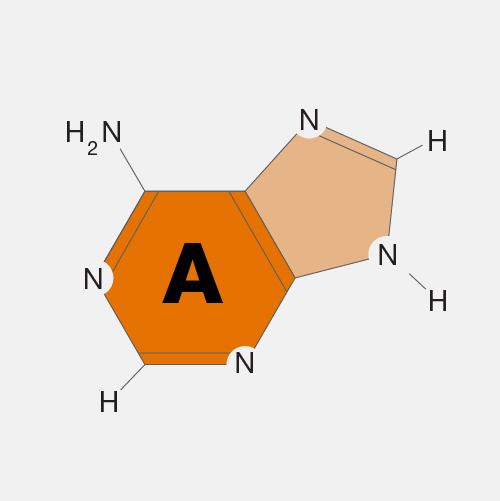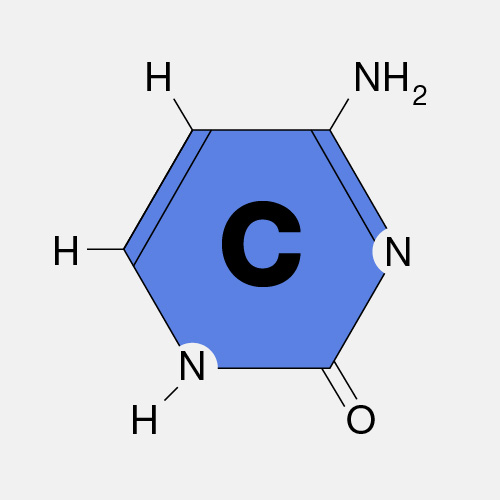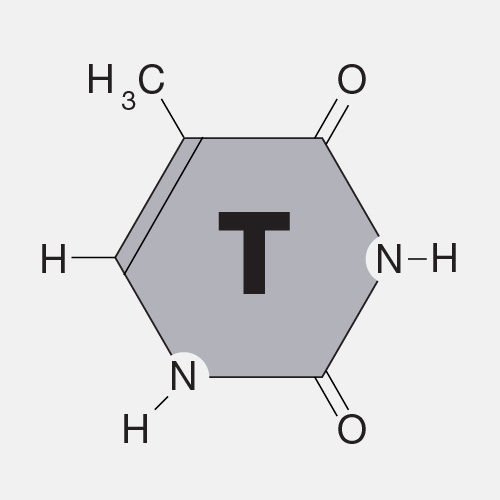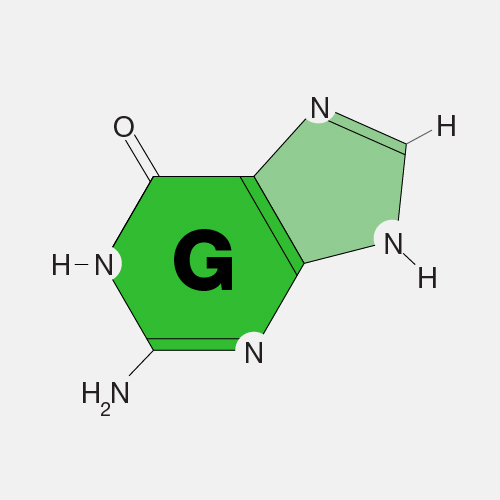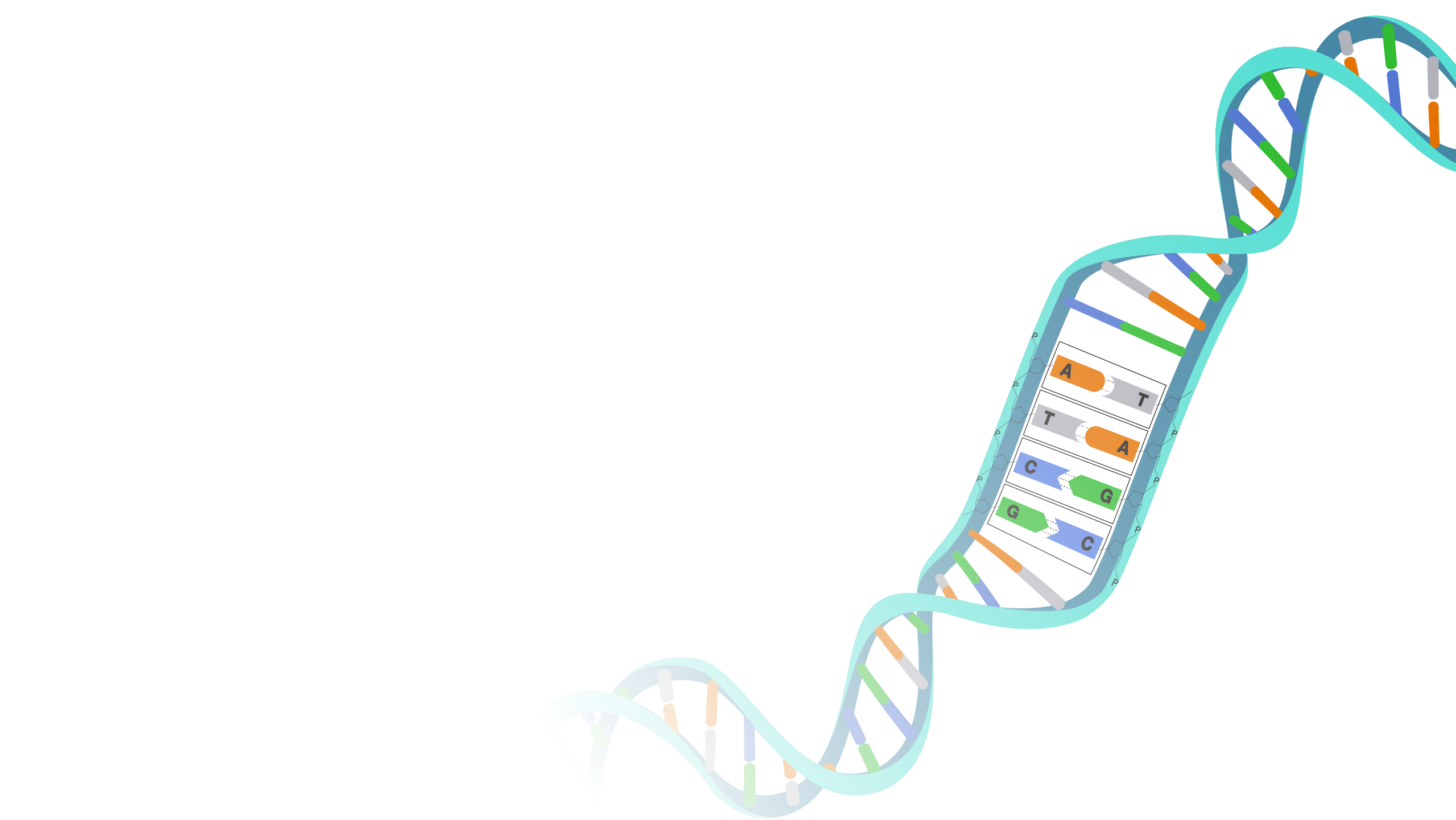
Deoxyribonucleic Acid (DNA)
Definition
Deoxyribonucleic acid (abbreviated DNA) is the molecule that carries genetic information for the development and functioning of an organism. DNA is made of two linked strands that wind around each other to resemble a twisted ladder — a shape known as a double helix. Each strand has a backbone made of alternating sugar (deoxyribose) and phosphate groups. Attached to each sugar is one of four bases: adenine (A), cytosine (C), guanine (G) or thymine (T). The two strands are connected by chemical bonds between the bases: adenine bonds with thymine, and cytosine bonds with guanine. The sequence of the bases along DNA’s backbone encodes biological information, such as the instructions for making a protein or RNA molecule.
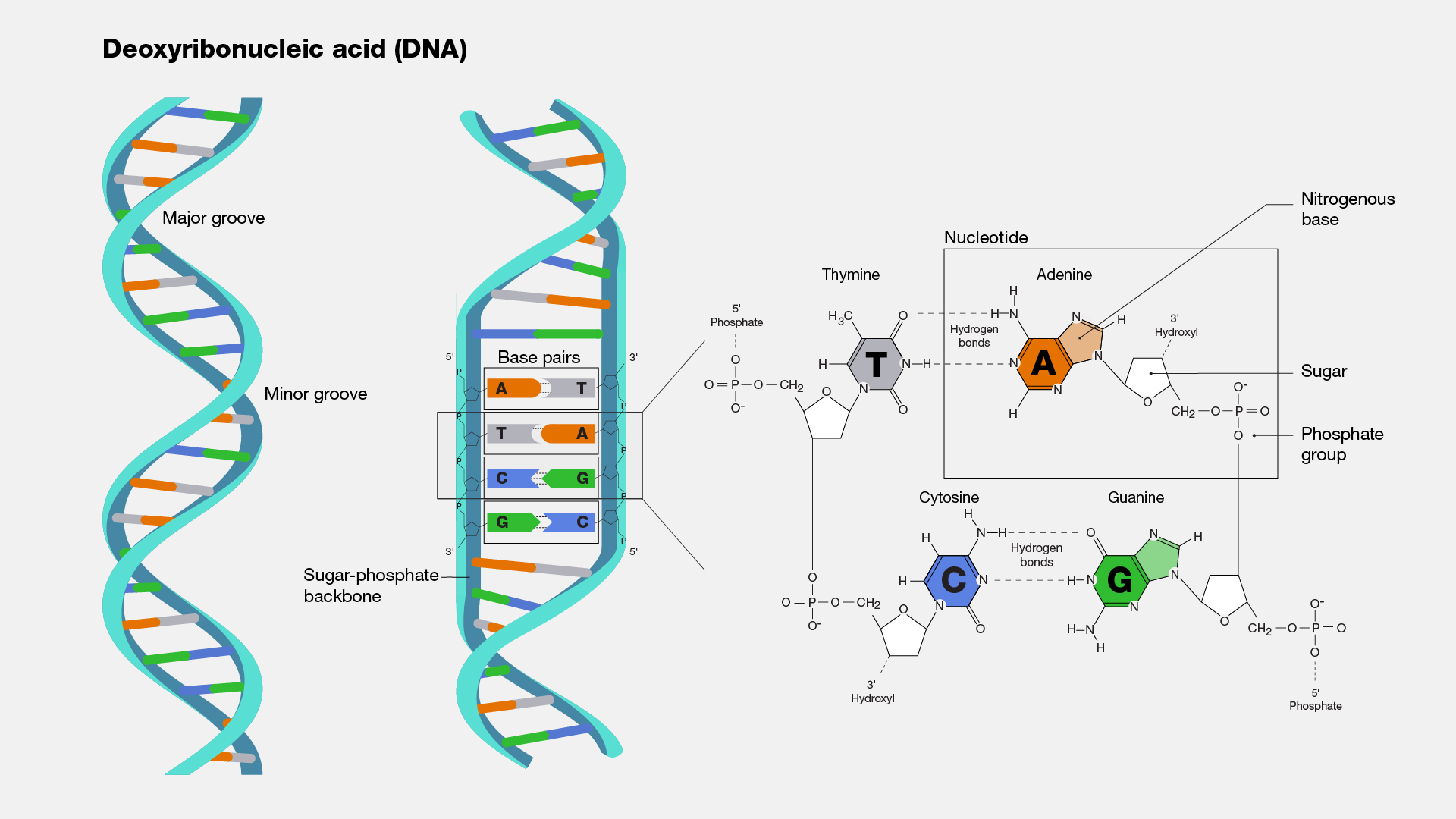
Narration
Is there a more amazing molecule than DNA? It makes each of us who we are. The more scientists understand it, the more we all understand ourselves, one another, and the world around us. For example, did you know that we are all far more alike than we are different? In fact, the DNA from any two people is 99.9% identical, with that shared blueprint guiding our development and forming a common thread across the world. The differing 0.1% contains variations that influence our uniqueness, which when combined with our environmental and social contexts give us our abilities, our health, our behavior. How can one, single molecule contain so much mystery and wonder? We are only beginning to understand the answer to that question, which is what makes the study of DNA so exciting.


